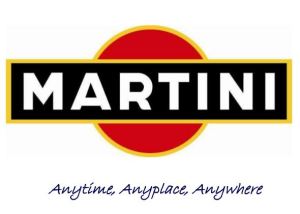
Like attracts like and for some time the education technology community has been talking to an audience which mirrors itself. The focus has been on innovation while the experience of non-adoption was largely ignored. At the UCISA Spotlight conference, it was good to see low TEL take-up being highlighted. Possibilities for lack of interest included fear of change (metathesiophobia), not setting baseline capabilities low enough and the number of digitally shy and reluctant staff being greater than realised. While highlighting problems doesn’t solve them, it’s a step in the right direction.

One question raised was if the word ‘training’ had reached the end of its useful lifespan. I used to think the T word was part of the problem but trying to define the difference between training and teaching, the lines soon began to blur.
Training is about skills and functionality so tends to be instructional. It’s a read the manual, follow the checklist approach whereas teaching covers a broader knowledge base including the why, where and when as well as the how. You could say training is the practice and teaching is the theory. While training often follows behaviorist principles of didactic, passive pedagogies, teaching today is supposed to be more constructivist, collaborative and active. Maybe the teaching continues where the training stops. So far so good. But we’ve all experienced training as doing and teaching as listening. Once you begin to dig down it can be less easy to tell them apart.
When it comes to TEL, training is the more dominant approach but where it focuses on specific tools like a VLE, any personal context can be missing. When this happens, it’s easy to leave the workshop, go back to the office and carry on as before. So what can we do to encourage meaningful take up of TEL? I took away the following ideas.
Make it relevant: TEL needs to fit within the context of each individual subject discipline so make time for one-to-one and teaching-team conversations. We need to talk. Not just to each other but to the digitally shy and reluctant. We need new ways to reach out and find those wedded to more traditional, analogue modes of teaching.
Make it different: explore more creative approaches to supporting staff and students to use digital technologies their practice. I was awarded a UCISA Bursary to attend the Playful Learning Conference in July where I’ll be looking for new ways to promote TEL in the future. The Dig Cap Play Track usefully opened up ideas around gamification, personae and different approaches to the use of case studies and problem based learning. We not only need to talk to digitally resistant staff but also to focus on new ways of learning with each other.
Make it experiential: look at review and revision of CPD, staff development and teacher education to explore scope for providing some, more or all of it online. Enrol staff as students on the VLE to give them the student viewpoint and opportunities to reflect on aligning this with their own teaching practice. The internet is not going away and it’s no longer possible to ignore its influence on knowledge acquisition and employability. Students need to develop digital graduate attributes while TEL can offer broader and inclusive access to learning opportunities.
Make it rewarding: where possible allocate small amounts of funding for incentivisation and recognition of creative digital work. Develop institutional digital rewards and on a local level make use of chocolate and biscuits. Try Jane Secker’s great idea of using of fortune cookies containing digital hints and tips. Look at what other institutions are doing with regard to creative approaches to digital education. If the old isn’t working it’s time to focus on the new.





















